In a world where digital noise is louder than ever, data-driven marketing is your strategic advantage. It empowers brands to make smarter decisions, personalize experiences, and ultimately drive higher conversion rate optimization. But collecting data isn’t enough, the key lies in transforming insights into actions that convert.
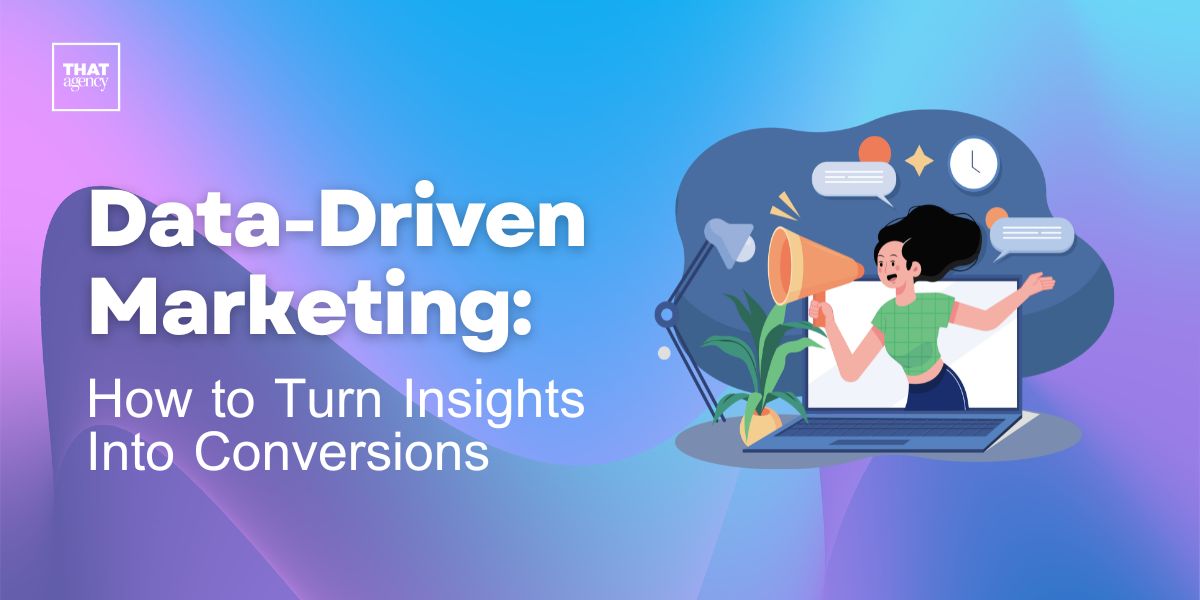
In this blog, we’ll break down how to harness data effectively, optimize your conversion rates, and outperform competitors in today’s dynamic marketing landscape.
What is Data-Driven Marketing?
Data-driven marketing is a strategic approach that uses customer and performance data to shape every aspect of the marketing process, from ideation and audience targeting to campaign execution and optimization. Unlike traditional marketing, which often relies on intuition, trends, or guesswork, data-driven marketing leverages hard evidence to make decisions that are precise, measurable, and scalable.
At its core, it means using quantitative insights, such as consumer behavior, conversion metrics, sales funnels, and demographic profiles, to understand what’s working, what’s not, and what actions will most likely drive better outcomes.
Why It Matters
In a digital-first world, businesses are flooded with data from multiple touchpoints: websites, mobile apps, social media, email campaigns, customer service platforms, and more. Data-driven marketing organizes and interprets this information to:
- Identify high-value customer segments
- Deliver personalized experiences
- Optimize return on investment (ROI)
- Improve customer retention
- Enhance conversion rate optimization (CRO)
It shifts your marketing from being reactive to proactively predicting and fulfilling customer needs.
Key Benefits of Data-Driven Marketing
Let’s break down exactly how data-driven marketing translates into tangible value:
Precise Customer Targeting
Rather than casting a wide net and hoping for the best, you can zero in on your ideal audience segments based on real behavioral and demographic data. This enables you to tailor messages, offers, and experiences to the people most likely to convert.
Example: Targeting a lookalike audience on Facebook based on your highest-converting customers using data pulled from your CRM.
Enhanced Personalization
With data, you can deliver content that feels highly relevant, at exactly the right time. Personalization goes far beyond using a customer’s name; it includes adapting product recommendations, subject lines, images, and even entire landing pages based on past interactions.
Stat: Personalized emails deliver 6x higher transaction rates than generic ones.
Improved ROI
Data reduces waste. You can see which channels, creatives, and customer journeys lead to the highest returns and reallocate budget to what’s working. No more throwing money at underperforming campaigns.
Continuous Campaign Optimization
Performance data allows you to make agile changes during live campaigns. If a paid ad is underperforming after 3 days, you can pause it and try a different variant rather than waiting for the campaign to end.
Tools like Google Ads or Meta Ads Manager provide real-time feedback for this kind of optimization.
Informed Content and UX Strategies
Data shows you what content resonates, which CTAs get clicks, and where users drop off. This guides decisions around everything from blog topics and email cadence to landing page design and user experience (UX) enhancements.
Example: Heatmap data revealing that users aren’t scrolling past the fold can prompt a redesign that boosts engagement.
From Insight to Impact: The Data-Driven Marketing Framework
Turning data into action isn't magic, it's method. Here’s a five-step framework that shows you exactly how to translate raw data into high-performing marketing strategies.
Step 1: Collect the Right Data
Not all data is created equal. Focus on gathering actionable, relevant, and reliable data that aligns with your goals. Consider these primary data sources:
- Web Analytics (e.g., Google Analytics, Hotjar): Tracks user behavior like bounce rates, traffic sources, and conversion paths.
- CRM Systems (e.g., Salesforce, HubSpot): Stores customer profiles, sales pipeline data, and communication history.
- Customer Feedback: Use surveys, product reviews, and Net Promoter Scores (NPS) to gain qualitative insights.
- Behavioral Tracking: Click paths, scroll depth, session recordings, and heatmaps provide detailed understanding of user intent and friction points.
Tip: Ensure all data collection complies with global privacy regulations like GDPR, CCPA, or other applicable laws. Implement cookie consent banners and honor opt-out requests.
Step 2: Analyze for Patterns and Insights
The value of data lies in interpretation. After collection, dive deep to uncover patterns and correlations:
Ask critical questions like:
- Which traffic sources yield the highest conversion rates?
- What content pieces drive the most engagement?
- Where do prospects abandon the sales funnel?
Visualize findings using:
- Tableau or Looker for dashboard creation
- Google Data Studio for easy-to-share reports
- Excel/Sheets for pivot tables and filtering
Goal: Identify bottlenecks, winning strategies, and areas of opportunity.
Step 3: Segment and Personalize
One-size-fits-all marketing is outdated. Segmentation allows you to group users based on shared characteristics, and personalization tailors the experience for each group.
Common Segmentation Types:
- Demographic: Age, gender, income, occupation
- Behavioral: Browsing activity, past purchases, time on site
- Psychographic: Lifestyle, values, interests
- Geographic: Country, city, local weather or time zone
Use tools like Klaviyo, ActiveCampaign, or Segment to dynamically serve:
- Customized emails
- Product recommendations
- Personalized ads
- Tailored landing pages
Example: A user who previously purchased hiking gear might receive email promotions about a new line of trail shoes and related outdoor content.
Step 4: Test Relentlessly – A/B and Multivariate Testing
Even the best data models need real-world validation. Enter experimentation, your engine for conversion rate optimization.
What to Test:
- Headlines and value propositions
- CTA wording and color
- Image vs. video content
- Form length or layout
- Pricing tiers or bundles
Tools to Use:
- Optimizely – Powerful A/B and multivariate testing
- VWO – Visual editor for testing without coding
- Google Optimize (sunsetted, but alternatives exist)
Track:
- Macro conversions: Purchases, form fills, subscriptions
- Micro conversions: Button clicks, time on page, video views
Pro Tip: Don’t end tests too early. Ensure you reach statistical significance before making permanent changes.
Step 5: Automate and Iterate
Once you’ve identified high-performing strategies, automation helps scale them without burning time or resources.
Automation Tools:
- Email: Drip, Mailchimp, Klaviyo, segment-based automations, cart recovery, product recommendations
- Advertising: Google Ads scripts, Meta automated rules for budget scaling or pausing underperformers
- Website Personalization: Clearbit Reveal, Dynamic Yield, or RightMessage
Monitor:
- Real-time campaign data
- Churn rates and reactivation opportunities
- Attribution reports to refine channel investments
Always Be Iterating: The digital landscape evolves fast. Continue testing, refining, and adapting based on fresh data inputs.

How Data-Driven Marketing Supercharges Conversion Rate Optimization (CRO)
Conversion Rate Optimization (CRO) is the systematic process of increasing the percentage of users who take a desired action on your website, whether that’s making a purchase, filling out a form, downloading a guide, or signing up for a demo.
But CRO doesn’t live in a vacuum. It thrives when supported by data-driven marketing, which provides the intelligence needed to guide decisions, eliminate guesswork, and deliver exceptional user experiences.
When you harness customer and performance data effectively, you can optimize every stage of the customer journey, from acquisition to conversion, with laser precision.
How Data-Driven Marketing Empowers CRO
Let’s break down how data-driven marketing directly accelerates and enhances your CRO efforts:
1. Identify High-Converting Segments
Not all visitors behave the same. Data helps you identify your most profitable segments, those users who are most likely to convert, spend more, or refer others.
By analyzing behavioral data, acquisition channels, geographic trends, and device types, you can:
- Focus your ad budget on high-intent users
- Customize landing pages for specific audiences
- Craft messaging that resonates with different buyer personas
Example: You may discover that users coming from LinkedIn convert 3x better than those from Twitter. You can then allocate more budget and create custom LinkedIn-focused landing pages.
2. Eliminate Friction Points in the Funnel
Data can reveal where users drop off, hesitate, or get confused. These are friction points, and removing them is a core part of conversion rate optimization.
Common friction insights you can discover using tools like heatmaps and session recordings:
- Users abandoning forms after encountering confusing fields
- Visitors bouncing from the pricing page due to vague package details
- Mobile users struggling with navigation on smaller screens
Armed with this data, marketers can test and implement:
- Simplified forms
- Clarified CTAs
- Responsive design fixes
- Better-explained offers
Insight: Even small UX improvements, like increasing font size or changing a button color, can significantly boost conversions when rooted in real behavioral data.
3. Personalize Offers Based on Behavior
Personalization is no longer optional, it’s expected. And data is what makes personalization possible at scale.
By tracking a user’s activity and intent signals, you can:
- Show tailored product recommendations
- Offer time-sensitive discounts for returning users
- Display dynamic CTAs based on traffic source or engagement level
- Personalize email flows based on browsing history
Result: Personalized experiences can increase conversion rates by 202% according to Econsultancy, especially when combined with remarketing campaigns.
4. Forecast Campaign ROI with Greater Accuracy
One of the most overlooked benefits of data-driven marketing in the context of CRO is predictive performance.
Rather than acting on assumptions, you can use attribution modeling, customer lifetime value (CLV) projections, and past performance metrics to:
- Accurately estimate how a new campaign will perform
- Determine which channel or audience segment is most likely to convert
- Prioritize optimizations with the highest potential return
Forecasting turns CRO from trial-and-error into a scientific, results-driven process.
Industry Insight
According to HubSpot, businesses that adopt data-driven marketing strategies are:
- 23x more likely to acquire customers
- 6x more likely to retain them
This is because they continuously improve every touchpoint using live customer insights.
How a SaaS Brand Boosted Conversions by 39%
To see how this works in action, here’s a real example of how one mid-sized SaaS company used data-driven marketing to significantly improve their conversion rate.
The Problem:
The company noticed a consistent drop-off on their pricing page. Despite solid traffic, very few users were clicking the “Start Free Trial” button. Initial assumptions pointed to pricing being too high, but data told a different story.
Data-Driven Actions Taken:
- Heatmap Analysis
- Using tools like Hotjar, they discovered users were hovering over question icons but not clicking them.
- Scroll maps showed users were not reaching the bottom tier comparison section.
- Behavior Tracking & Surveys
- Feedback forms indicated users were confused by the difference between “Standard” and “Pro” tiers.
- Session recordings showed hesitation and repeat scrolls in the pricing copy.
- Copy Rewrite
- They rewrote the pricing tier descriptions using real customer language sourced from surveys and support tickets.
- Social Proof Integration
- They added testimonials, reviews, and mini-case studies under each pricing tier.
- Included “Most Popular” badges and trust signals like “Used by 5,000+ businesses”.
- CTA Optimization
- A/B tested multiple CTA placements and wordings like:
- “Start Free Trial”
- “Get Instant Access”
- “Try Pro Free for 14 Days”
- The highest-performing CTA was placed directly beneath the “Pro” plan in a contrasting button color.
The Result:
- Conversion rate increased by 39% over 60 days.
- Trial sign-ups jumped, and paid conversions rose proportionally.
- Bounce rate on the pricing page dropped by 17%.
These changes were continuously tested and iterated upon, a hallmark of a true data-driven marketing strategy integrated with ongoing CRO.
Data + CRO = Scalable Growth
When you bring together the strategic clarity of data with the systematic testing of conversion rate optimization, you build a high-performance marketing engine. Every decision becomes intentional. Every campaign improves over time. Every conversion becomes easier and cheaper to win.
In short:
- Data tells you what’s happening and why.
- CRO shows you how to fix it and scale it.
Want long-term, sustainable growth? Make data-driven marketing and conversion rate optimization your inseparable allies.
Final Thoughts
Data-driven marketing isn’t a buzzword, it’s the backbone of modern marketing success. When paired with a deliberate conversion rate optimization strategy, your data becomes your most valuable asset. It’s not just about collecting analytics; it’s about transforming them into experiences that convert.
Ready to make your marketing smarter? Start turning insights into action, and conversions.
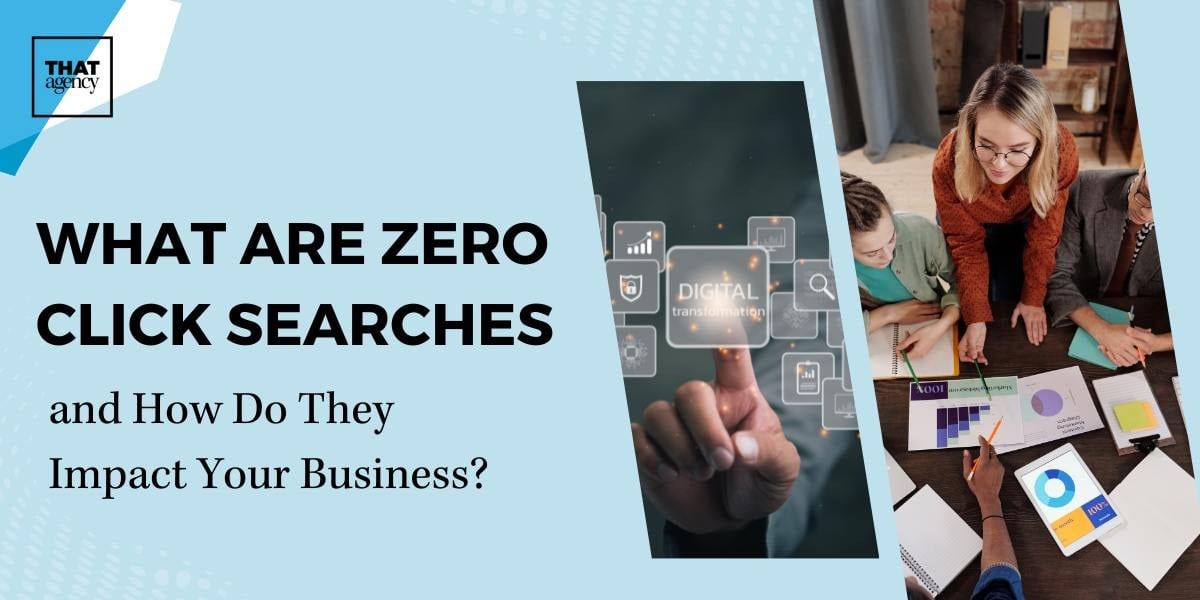
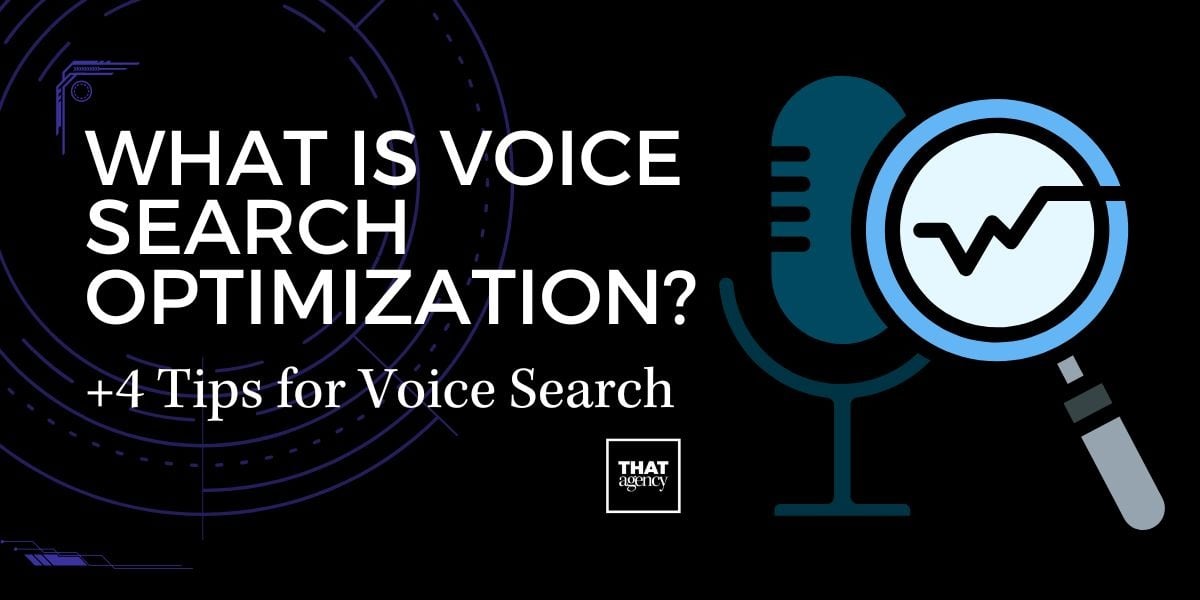
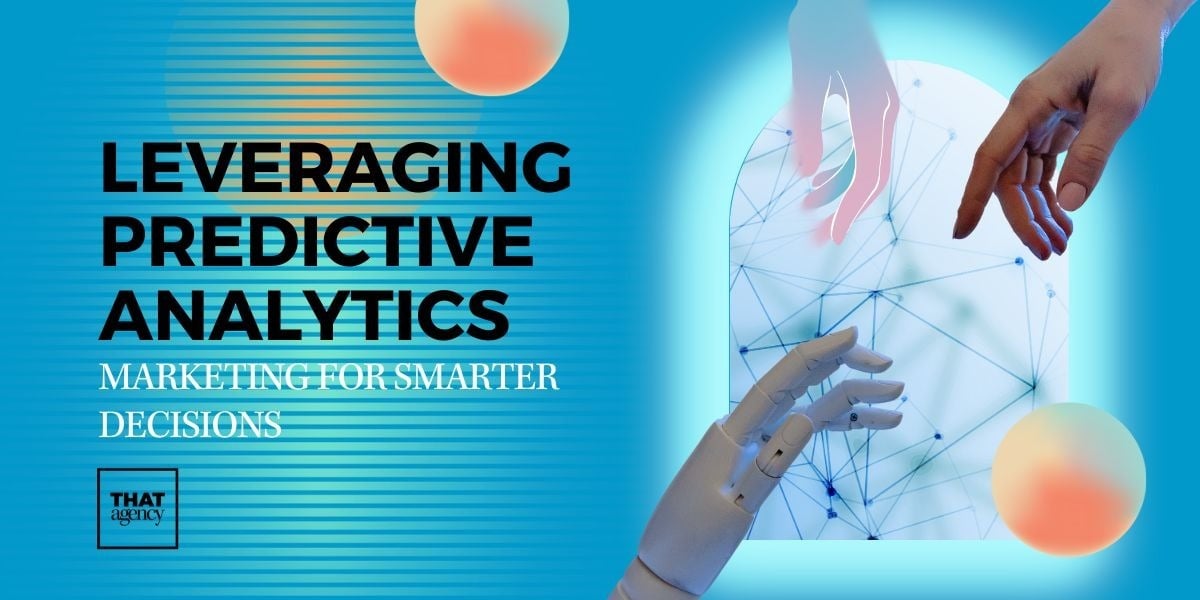
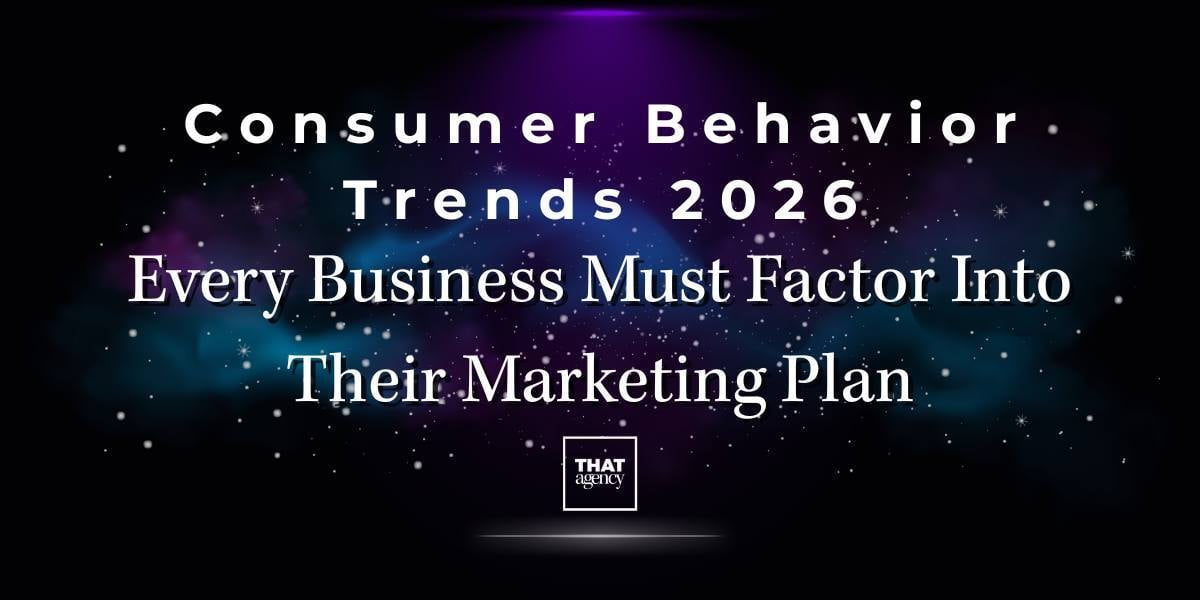
.jpg)